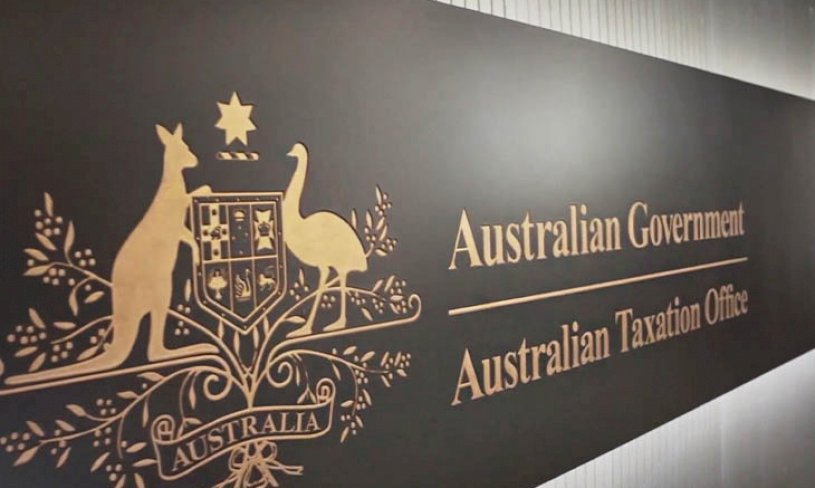The Australian Taxation Office takes a dim view of non-compliance – penalties range from fines to freezing the fund’s assets.
While most self-managed super fund trustees don’t need to be reminded of the importance of complying with superannuation regulations, it’s worth looking at typical SMSF trustee contraventions and the penalties they attract.
The Australian Taxation Office takes a dim view of non-compliance: penalties range from an education directive to fines or, in more serious cases, to disqualification, imposition of civil or criminal penalties, the withdrawal of a fund’s compliance status, or freezing its assets.
No one pretends the regulatory system is simple. If it were, every inquiry into superannuation wouldn’t call for its overhaul to reduce complexity. But even with this degree of complexity, the latest annual ATO SMSF statistical overview to June 30, 2020 shows there were only about 2 per cent of SMSFs with reported breaches, a figure in line with the historical average.
Recurring areas of non-compliance
That said, given there are about 600,000 SMSFs, 2 per cent is still too high. The ATO overview highlights there are recurring areas of non-compliance where trustees – and their advisers – need to take greater care. Heading the list are breaches relating to in-house assets, separation of assets and loans or financial assistance to a member or relative.
A breach of the in-house asset rules commonly occurs when an SMSF invests in a related entity or leases an asset that is not a business premises to a related entity. Although an SMSF can hold in-house assets, the value of in-house assets cannot exceed 5 per cent of the market value of the fund’s total assets.
Breaches of the in-house asset rules and the rules around providing loans and financial assistance to members or relatives can result in an administrative penalty of up to 60 penalty units. Each penalty unit is worth $222 so the maximum administrative penalty that can be applied is $13,320 (note the value of a penalty unit is indexed over time).
That’s the strict letter of the law. But the ATO has the discretion to reduce a penalty depending wholly or partially on each case’s circumstances. Whether the regulator chooses to do so depends on several factors:
- The compliance history of the trustee or director of a corporate trustee
- Whether rectification has occurred, or the trustee is in the process of rectifying before being notified of a breach by the ATO
- Whether a trustee made a voluntary disclosure before any ATO contact and
- Whether there were circumstances beyond the trustee’s control that caused the contravention, affected their ability to comply with their regulatory obligations, or affected their capacity to rectify any contraventions.
For trustees who overstep the regulatory mark, it’s worth appreciating what the penalties could be. At the bottom end of the scale, the ATO can direct trustees to do an education course to improve their understanding of the regulatory obligations and reduce the risk of greater penalties in the future. Failure to comply with an education direction will incur an administrative penalty of five units.
Also at the lower end of the penalty scale are enforceable undertakings and rectification directions. With the former, trustees undertake to rectify a regulatory contravention. The ATO has the option to either accept or refuse this undertaking. It should include a commitment not to make the same mistake again, to outline the action being taken to rectify the problem and the timeframe in which it will be done.
The ATO requires trustees to take steps to rectify a contravention in a set time and then show proof of compliance.
With a rectification direction, the ATO requires trustees to take steps to rectify a contravention in a set time and then show proof of compliance. It also involves putting in place administrative arrangements to ensure there are no more similar contraventions. Failure to comply with an ATO direction can result in a trustee or director being disqualified or a fund’s complying status being removed, potentially resulting in a significant tax penalty.
Regarding administrative penalties, these cannot be paid or reimbursed from the assets of the fund, and directors of corporate trustees are jointly and severally liable. Individual trustees are each liable for the penalty and, as mentioned, the ATO does have the discretion to remit a penalty depending on a case’s circumstances.
Enforceable undertakings, rectification directions and administrative penalties comprise the bulk of the ATO’s compliance armoury. But it has other options. It can disqualify an individual from acting as a trustee or director of a corporate trustee if they contravene the SIS Act. In taking this action, the regulator considers the seriousness of the contravention, how often it has happened and how likely it is this behaviour will continue.
The ATO can also apply through the courts for civil or criminal penalties to be imposed where trustees have contravened provisions such as the sole purpose test, member loans, inhouse asset rules, arm’s-length rules for an investment and the promotion of illegal early release schemes. Other options are for the ATO to wind up an SMSF and roll over any remaining benefits to a fund regulated by the Australian Prudential Regulation Authority, to issue a notice of non-compliance (which can entail significant tax penalties) or freeze an SMSF’s assets.
Superannuation rules are complex and subject to constant change. To keep your SMSF on track, and avoid unwanted ATO attention, seek advice from a licensed professional who is an SMSF specialist.
Written by John Maroney, CEO, SMSF Association


